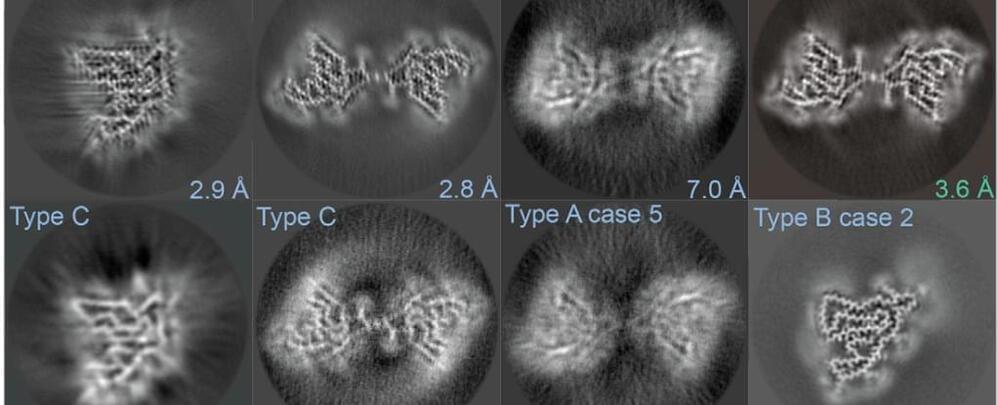Superconductors—metals in which electricity flows without resistance—hold promise as the defining material of the near future, according to physicist Brad Ramshaw, and are already used in medical imaging machines, drug discovery research and quantum computers being built by Google and IBM.
However, the super-low temperatures conventional superconductors need to function—a few degrees above absolute zero—make them too expensive for wide use.
In their quest to find more useful superconductors, Ramshaw, the Dick & Dale Reis Johnson Assistant Professor of physics in the College of Arts and Sciences (A&S), and colleagues have discovered that magnetism is key to understanding the behavior of electrons in “high-temperature” superconductors. With this finding, they’ve solved a 30-year-old mystery surrounding this class of superconductors, which function at much higher temperatures, greater than 100 degrees above absolute zero. Their paper, “Fermi Surface Transformation at the Pseudogap Critical Point of a Cuprate Superconductor,” published in Nature Physics March 10.








